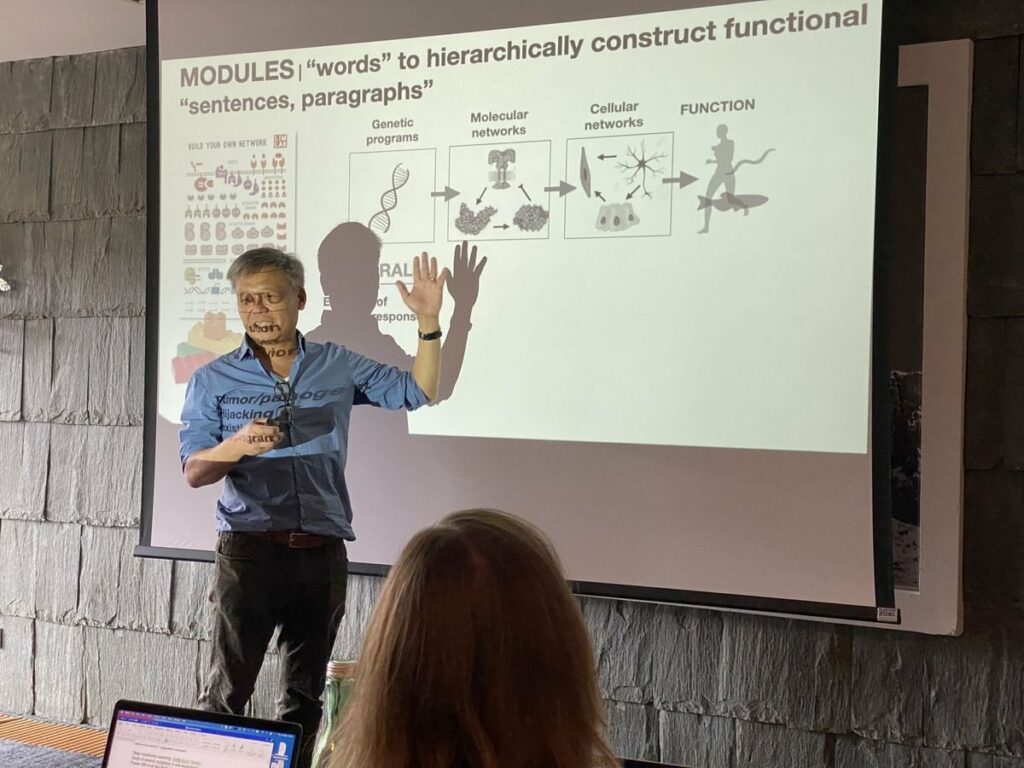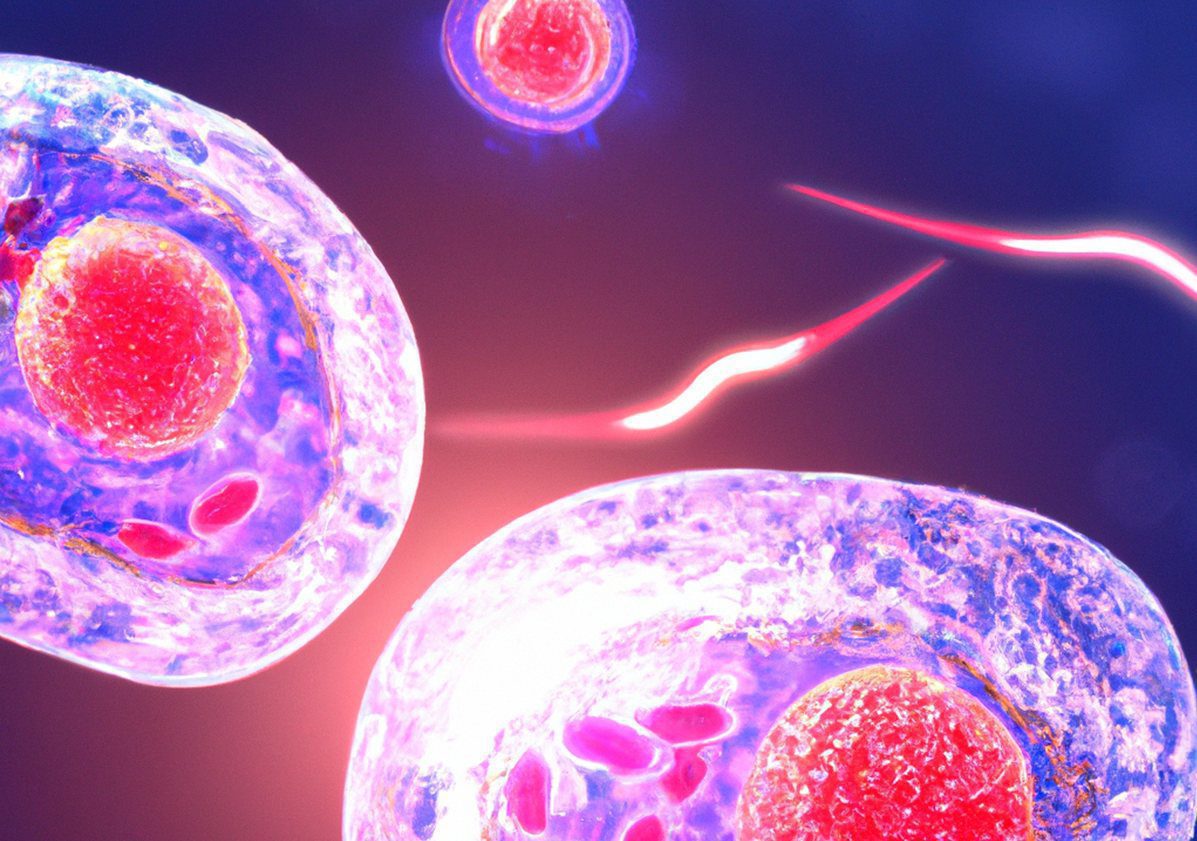Scientists at UC San Francisco have made an exciting discovery that could bring us closer to the dream of breakthrough regenerative medicine.
They have developed molecules that act like “cellular glue,” enabling them to precisely control how cells bond with each other.
This marks a significant step towards the creation of tissues and organs, something that has long been sought after in the field.
In a recent study published in Nature, researchers were able to engineer cells with customized adhesion molecules that could bind with specific partner cells in a predictable manner.
They can be used to create new multicellular structures and also to change the way existing tissues function. This could be useful for creating new tissues and organs and also for understanding how different types of cell interactions evolved.
What is regenerative medicine?
Regenerative medicine is a branch of medicine that primarily focuses on the repair and regeneration of damaged tissues and organs.
It seeks to develop therapies, treatments, and medicines that can restore function to tissues and organs that have already been damaged or lost due to injury, disease, or aging.
There have been many approaches to regenerative medicine, including the use of stem cells, tissue engineering, and gene therapy.
All have the ultimately same objective — to repair or replace damaged cells, tissues, or organs in order to restore function and improve the quality of life for patients.
Some examples of regenerative medicine therapies that are currently being researched or are in clinical use include skin grafts for burn victims, cartilage repair for arthritis, and the use of stem cells to treat heart disease and certain types of blindness.
The new discovery in regenerative medicine
The discovery of molecules that act like “cellular glue” and enable precise control over how cells bond with each other is significant because it represents a major step towards the creation of tissues and organs, a long-sought goal in the field of regenerative medicine.
These molecules, called adhesion molecules, are found naturally throughout the body and play a crucial role in holding our trillions of cells together in organized patterns.
They also facilitate communication between cells, ensuring that the body functions as a cohesive whole.
By engineering cells with customized adhesion molecules, the researchers were able to control which cells they interacted with and the nature of that interaction. This opens up the possibility of creating novel structures such as tissues and organs.
But that’s not all – the researchers believe that their work could also offer insight into the evolution of multicellular organisms. Adhesion molecules were a key development in the evolution of animals, and understanding how they work could shed light on how single cells became multicellular organisms.
Additionally, the ability to customize adhesion molecules could be used to study disease states in human tissue.
“We were able to engineer cells in a manner that allows us to control which cells they interact with, and also to control the nature of that interaction,“ said senior author Wendell Lim, Ph.D., director of UCSF’s Cell Design Institute.

“This opens the door to building novel structures like tissues and organs.”
Altogether, this is a major step forward in the field of regenerative medicine and has the potential to revolutionize the way we approach tissue and organ repair.



